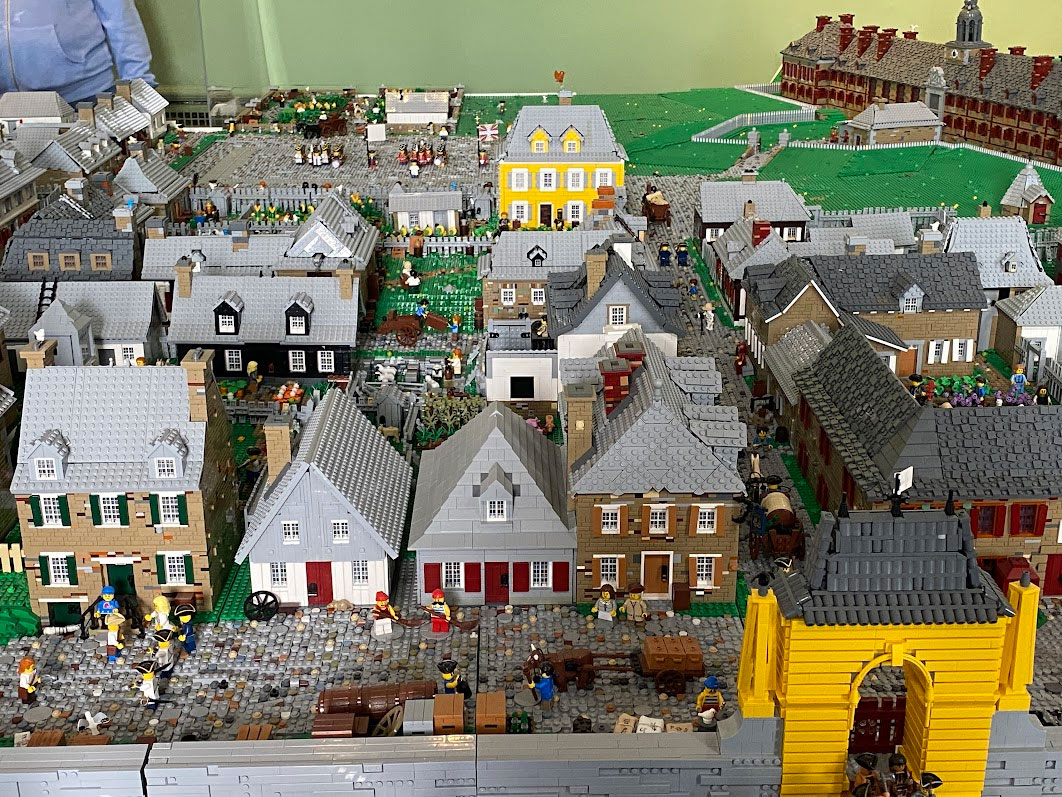Our time in Newfoundland has come to an end. Last night we had a campfire to burn up all the wood that isn’t allowed back in Nova Scotia.
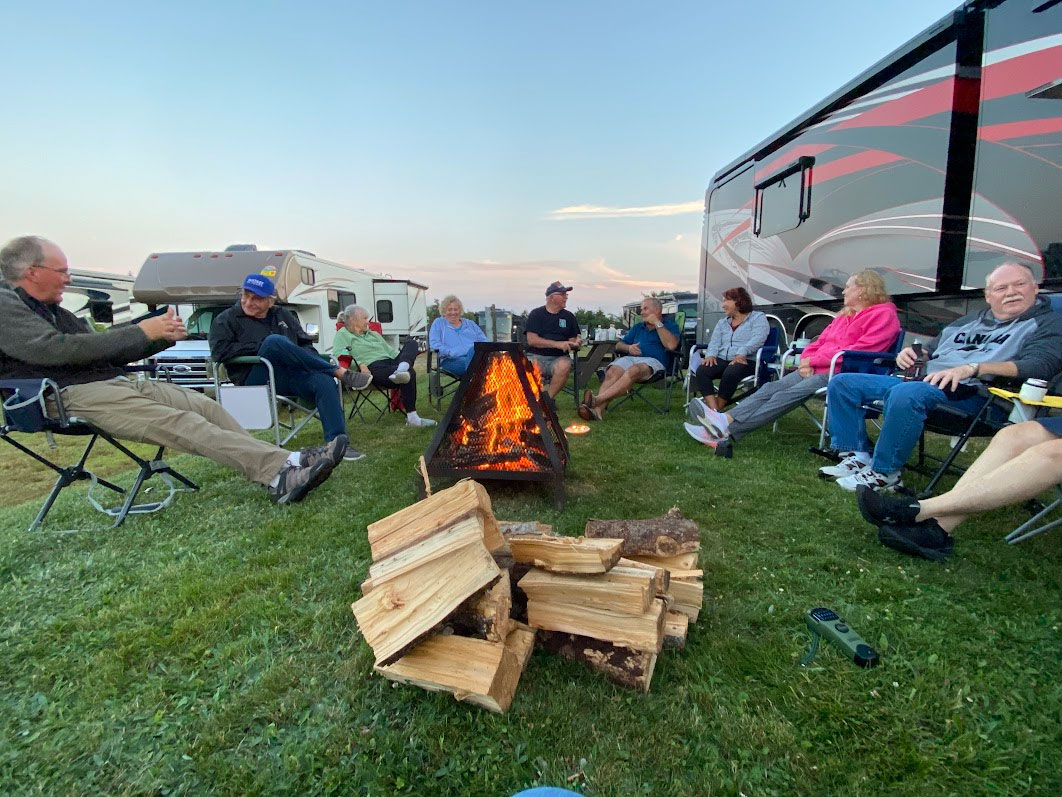
Newfoundland didn’t care what we brought in, but Nova Scotia didn’t want any fruits, vegetables or firewood. They didn’t even want the dirt off your vehicle and had a wash station at the ferry in case you were carrying too much of it. This seemed mostly to apply to the many ATV’s brought in to explore NL.

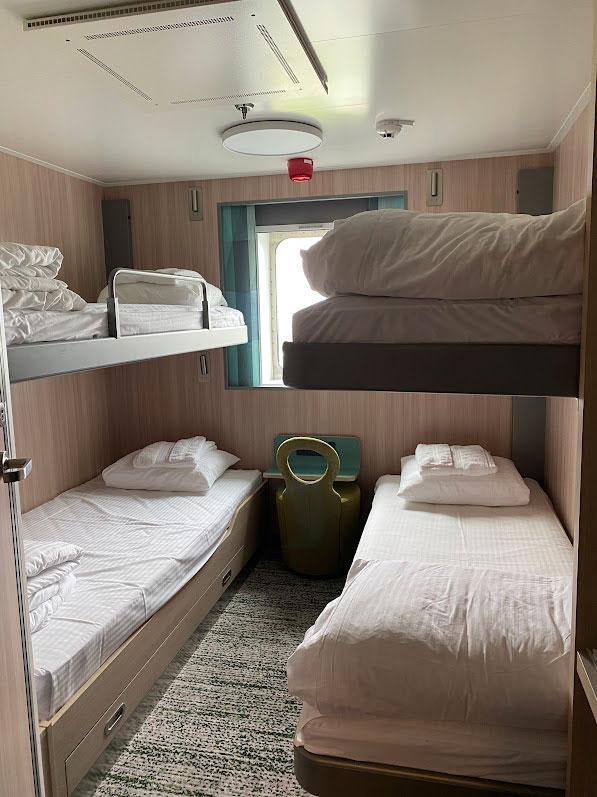
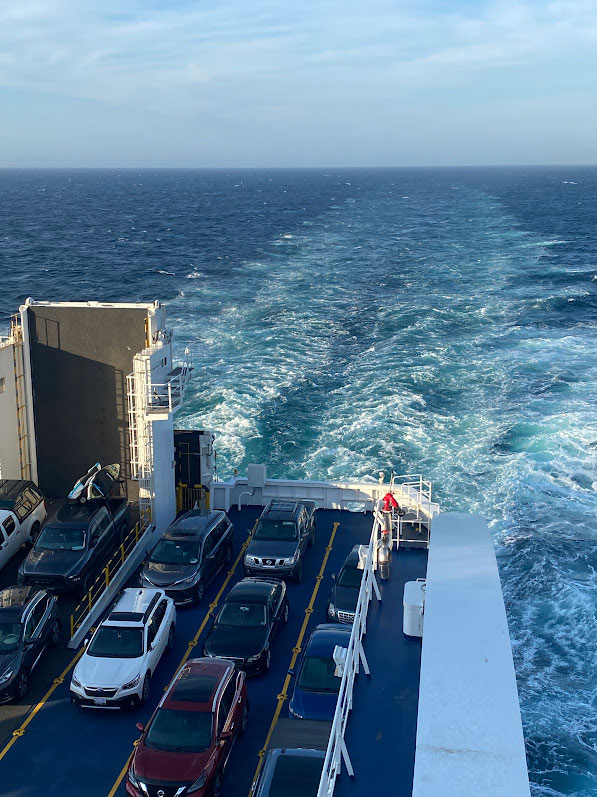
One of the couples who was a part of our tour group had to stay in Halifax, Nova Scotia before we even left for Newfoundland because they had engine trouble with their motor-home. They got it fixed, but couldn’t rejoin us in NL because the ferries were all booked up and they couldn’t get tickets. They finally rejoined our caravan when we arrived back at the Arm of Gold Campground in Little Bras d’Or.
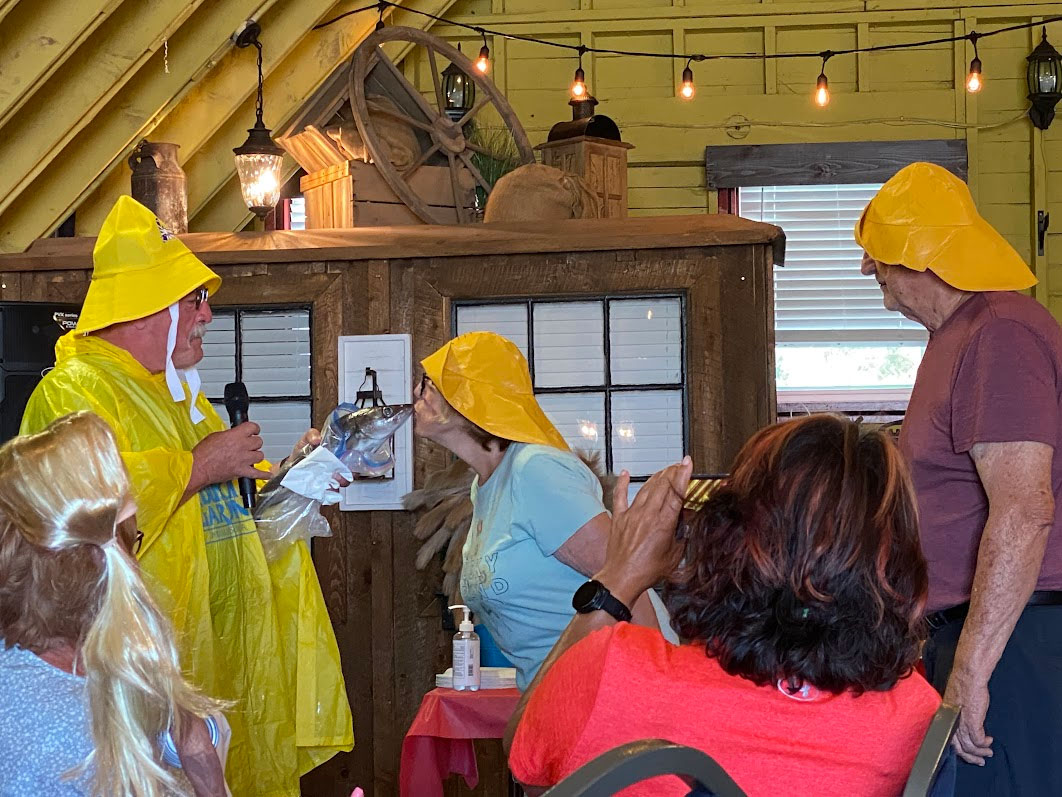
Our first stop in Nova Scotia is the Fortress of Louisbourg. My first question was why was this called a fortress instead of a fort. It basically a matter of size – fortresses are bigger, but also a fort is usually only military personnel whereas a fortress is more like a town. It has the protection of a fort but with regular people and houses behind the walls more like a castle. First, the French built this fortress. But it has a turbulent history with the British taking over, then back to the French for a bit, then the English coming back again and demolishing it. Everything at this Fortress was recreated, and only about 25% of the original town was reconstructed.
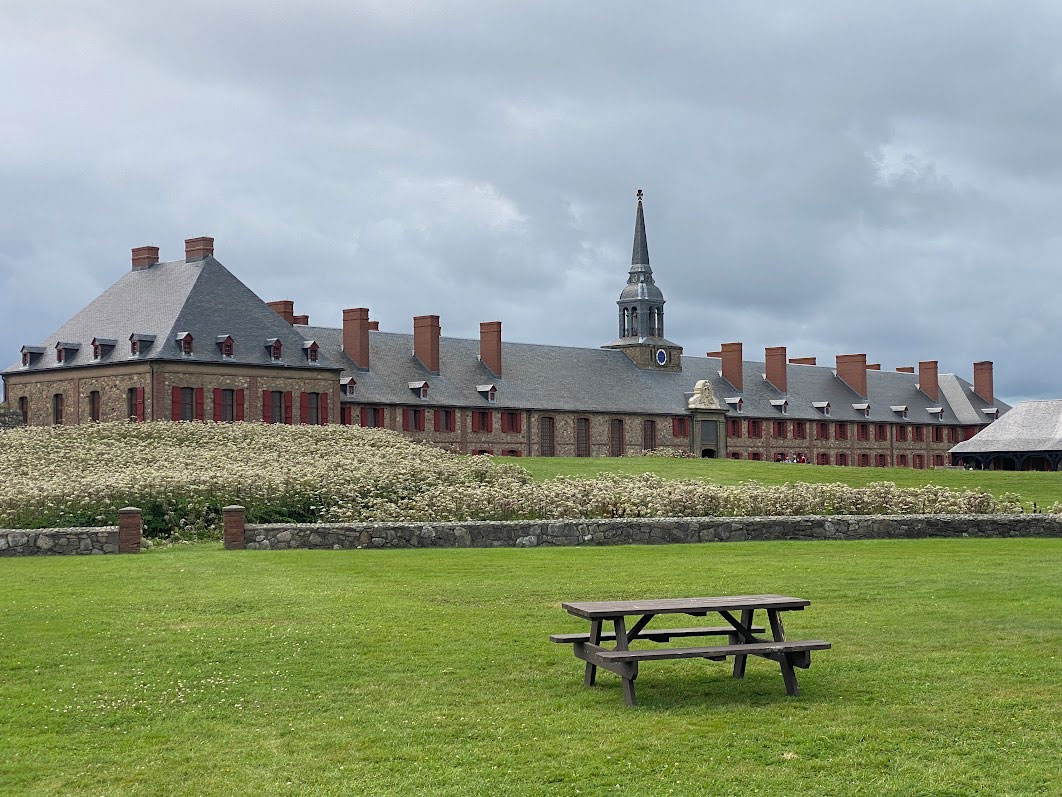

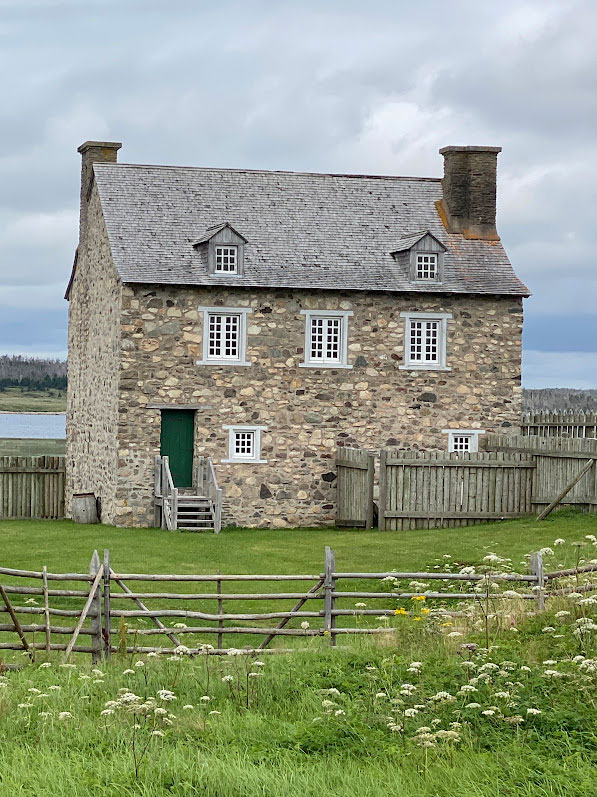
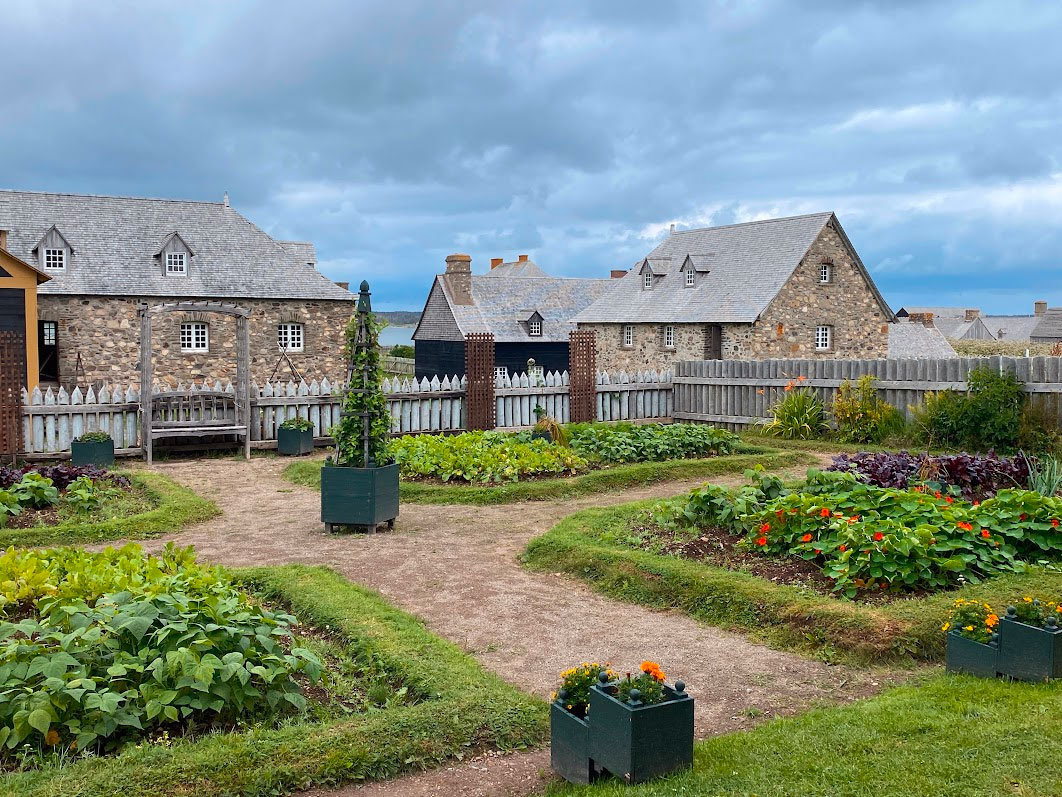
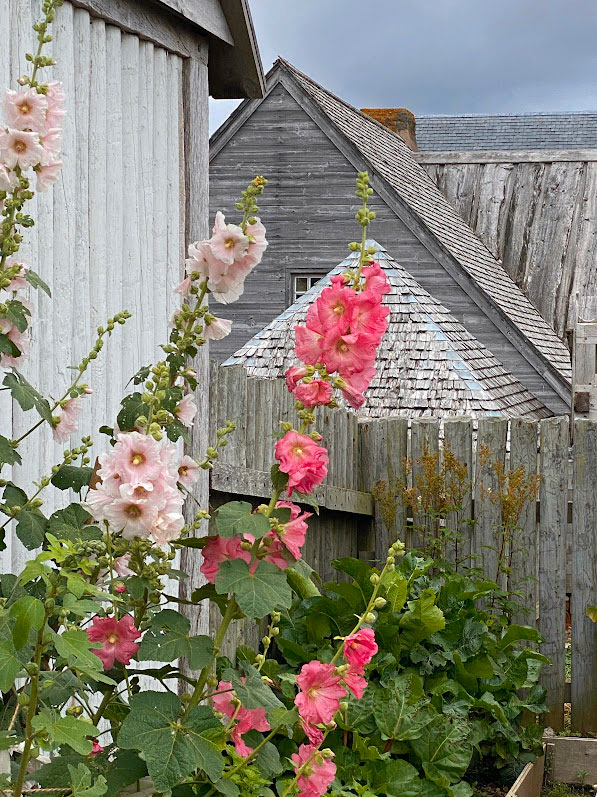
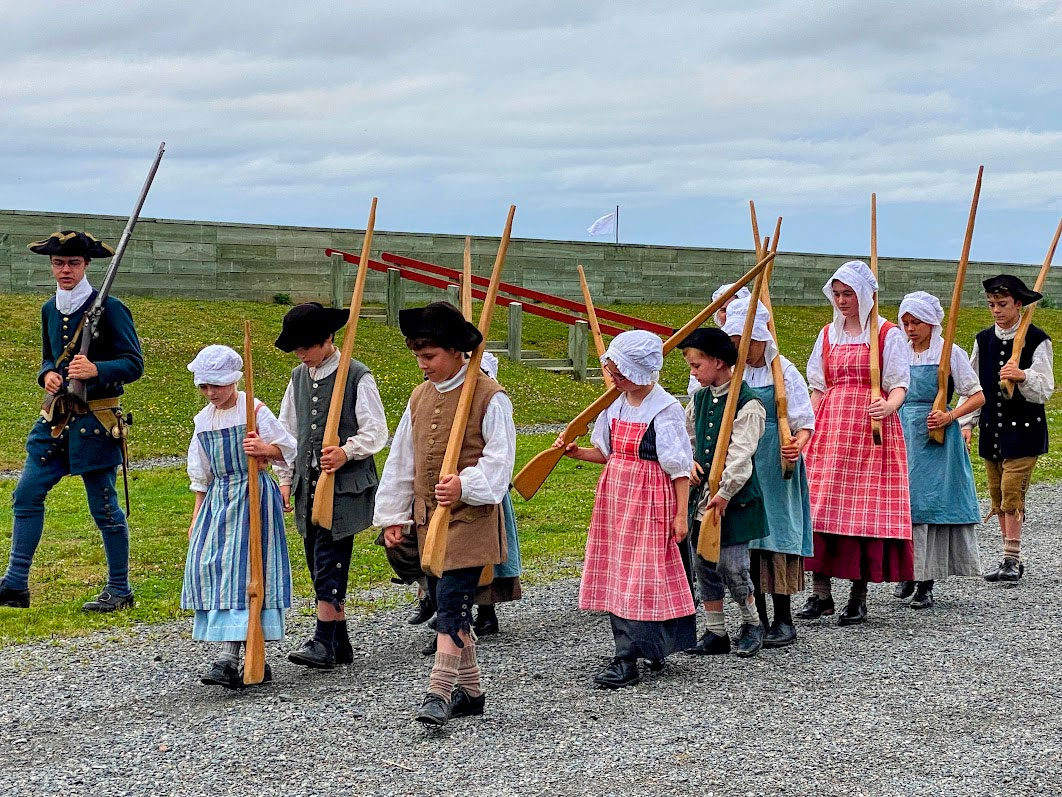
I hate to admit it, but this Lego representation of the town was as fascinating as the town. I think we all know how long it takes to build anything out of Legos. This took over 2 years and has about 200.000 pieces and is called Louisbrick.
